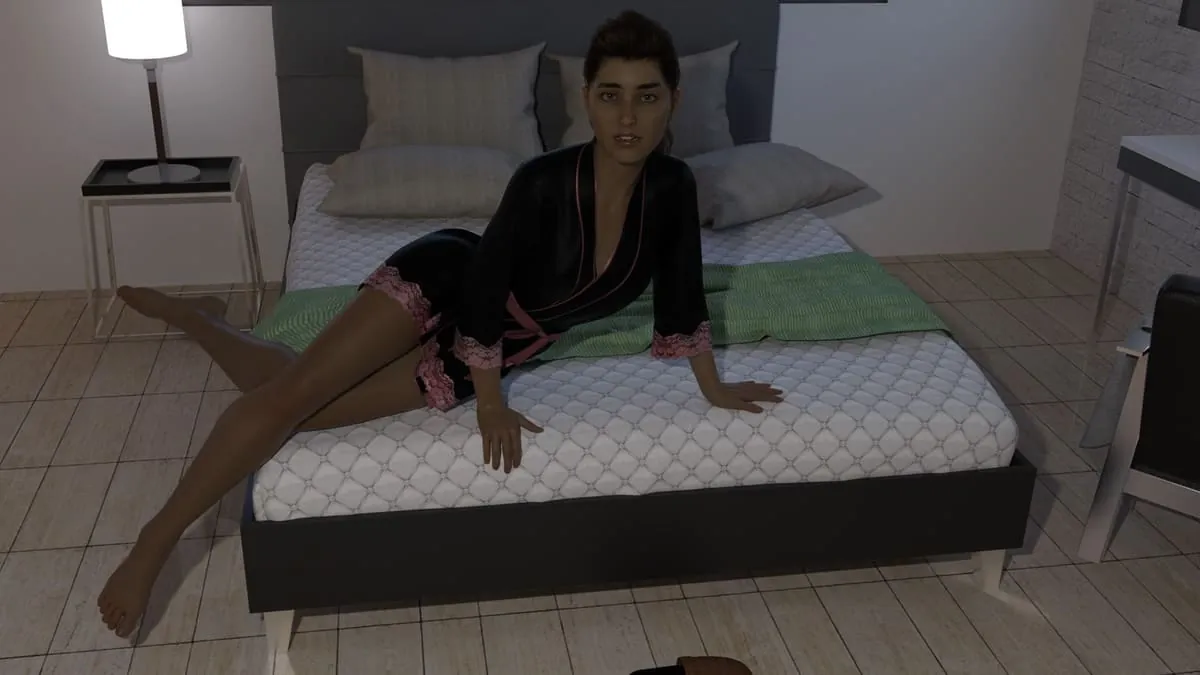
Play Bad Memories
Bad Memories review
An In-Depth Look at the Story, Mechanics, and Player Experience of Bad Memories
Bad Memories is a provocative adult-themed game that challenges players to confront haunting past experiences through immersive storytelling and interactive gameplay. This game stands out by blending narrative depth with mature content, inviting players to explore complex emotions and choices. In this article, we dive into the core aspects of Bad Memories, from its storyline and gameplay mechanics to the unique player experience it offers.
Understanding the Story and Themes of Bad Memories
What Is the Core Narrative of Bad Memories?
Picture this: You’re rummaging through a dusty attic 🕯️, and suddenly, you find a box of childhood journals. Opening one, you’re sucked into a whirlwind of forgotten pain and joy. That’s exactly how Bad Memories grips you from the start. 😮 The core narrative centers on Alex, a character haunted by fragmented recollections of a traumatic past. As a player, you guide Alex through surreal dreamscapes and real-world dilemmas to uncover what really happened during a life-altering family crisis.
What makes the Bad Memories game story so magnetic? It’s not just about what happened—it’s about how you confront it. Choices like suppressing a memory or dissecting its meaning alter Alex’s mental state, relationships, and even the game’s environments. For example, in my playthrough, avoiding a flashback about betrayal caused Alex’s apartment to literally decay 🏚️—walls cracked, lights flickered. This interactive storytelling approach forces you to co-write the tragedy.
Here’s a snapshot of key plot triggers and their ripple effects:
| Player Choice | Short-Term Impact | Long-Term Consequence |
|---|---|---|
| Confront a memory | Immediate emotional distress | Clarity unlocks new paths |
| Ignore a memory | Temporary relief | Environment deteriorates |
| Reinterpret a memory | Shift in character perspective | Altered endings |
By the finale, you’re not just solving a mystery—you’re rebuilding a psyche. 🧩 This Bad Memories storyline analysis reveals how every decision mirrors real-life coping mechanisms, making it painfully relatable.
How Does the Game Address Complex Emotional Themes?
Let’s get real: Most games treat trauma like a checkbox 🗒️. Bad Memories does the opposite. It dives into emotional themes like guilt, denial, and fractured identity without sugarcoating or sensationalizing them. In one chapter, Alex battles self-blame over a sibling’s accident—a sequence that doesn’t offer heroic solutions, just raw, uncomfortable introspection. 😔
The genius lies in its restraint. When exploring addiction or grief, it never lectures. Instead, environmental cues whisper the truth. Faded photos 📸, distorted mirrors, or eerie silence in dialogue scenes force you to feel the weight. My toughest moment? Realizing Alex’s “villain” was actually their own repressed shame—oof. 💔
“I cried at 3 AM after the hospital scene. For the first time, a game made me understand my anxiety, not just escape it.” — Sarah, 28, played 4 times
This approach earns its adult game story depth. Unlike peers relying on shock value, it uses subtlety—like showing how Alex’s avoidance strains friendships through tense phone calls that you can hang up on. 🤳 The Bad Memories narrative themes resonate because they’re messy, unresolved, and human.
What Makes the Storyline Unique in Its Genre?
Forget cookie-cutter horror or sob stories—Bad Memories redefines challenging game narratives. 🎮 How? First, its branching paths aren’t about “good vs. bad” endings. Your choices sculpt Alex’s emotional vocabulary. Will they grow numb or hyper-sensitive? Speak in poetry or broken phrases? In my first run, Alex became a hollow workaholic; in my second, a compassionate mess. Neither felt “wrong.”
Second, the game leverages interactive storytelling Bad Memories style to blur reality. One minute you’re in a therapy session (where your dialogue options change the doctor’s notes 📝), the next you’re in a symbolic forest where trees morph into accusatory faces. 🌳👥 This unpredictability keeps you psychologically invested—no filler jumpscares or fetch quests.
Lastly, its adult game story depth comes from vulnerability. Alex isn’t a superhero—they’re flawed, forgetful, and frustratingly real. When you uncover a memory of them causing harm, the game doesn’t soften the blow. You sit with that guilt. 😟 Compared to others in the genre, this rawness creates unmatched immersion.
Pro Tip: Play with headphones 🎧. The audio design—whispers, heartbeat rhythms—deepens the unease. For maximum impact, revisit chapters to spot how early choices reshape later symbolism.
In short, Bad Memories doesn’t just tell a story—it makes you live its fractures. And that’s why it lingers in your mind long after the credits roll. 🌌
Bad Memories offers a compelling blend of narrative depth and interactive gameplay that challenges players to face complex emotions and past experiences. Its unique approach to storytelling and player choice creates an immersive experience that resonates deeply with its audience. Whether you are drawn to its story, gameplay, or community, Bad Memories stands out as a distinctive title in its category. Dive into the game to explore its rich narrative and discover your own path through its challenging memories.



























